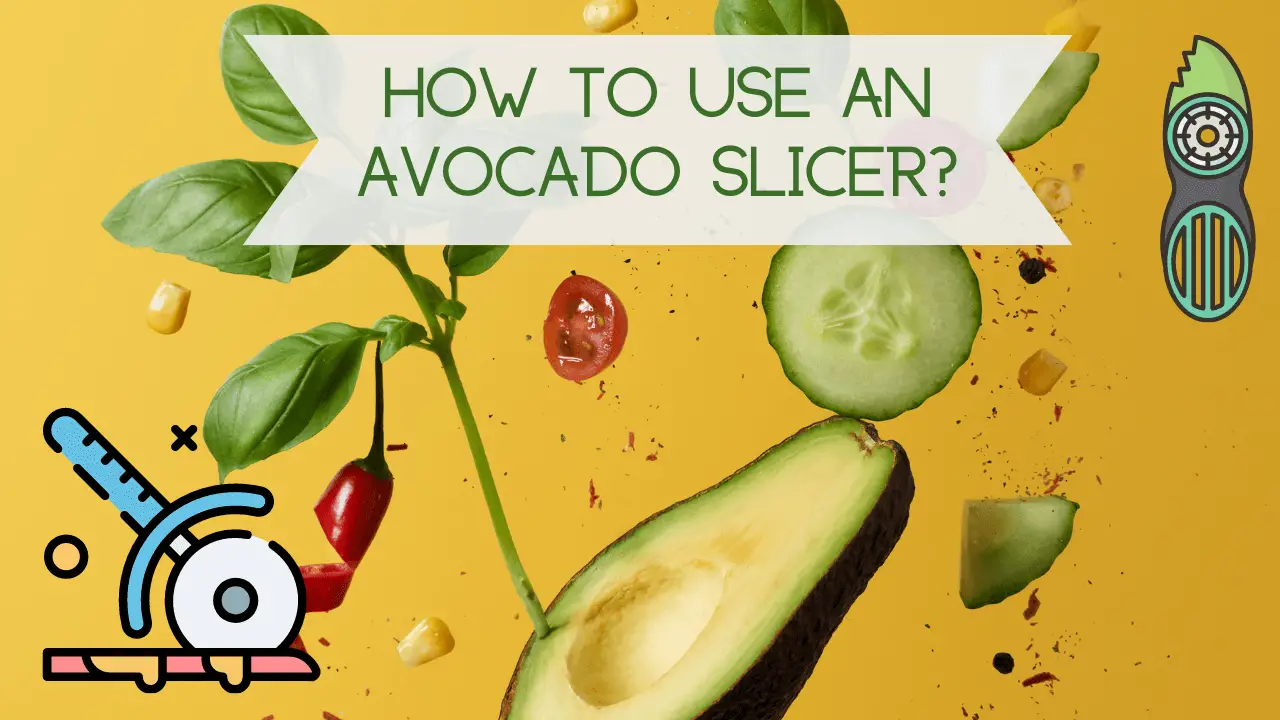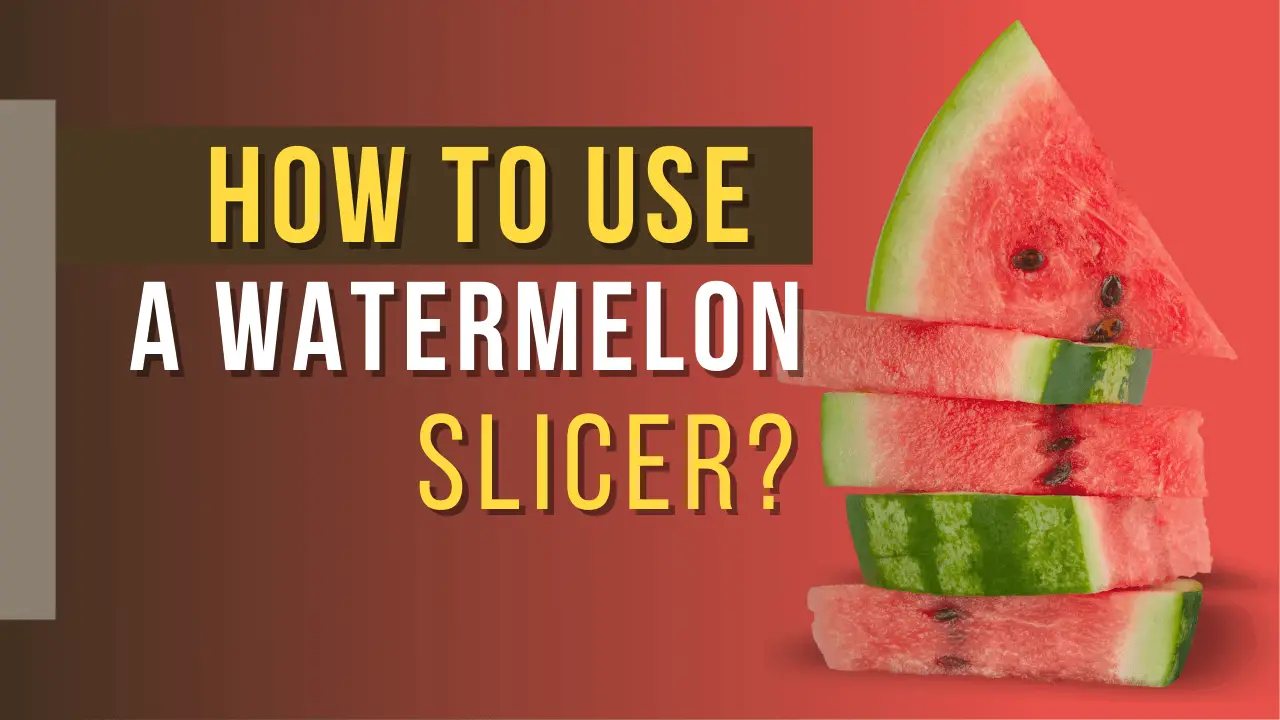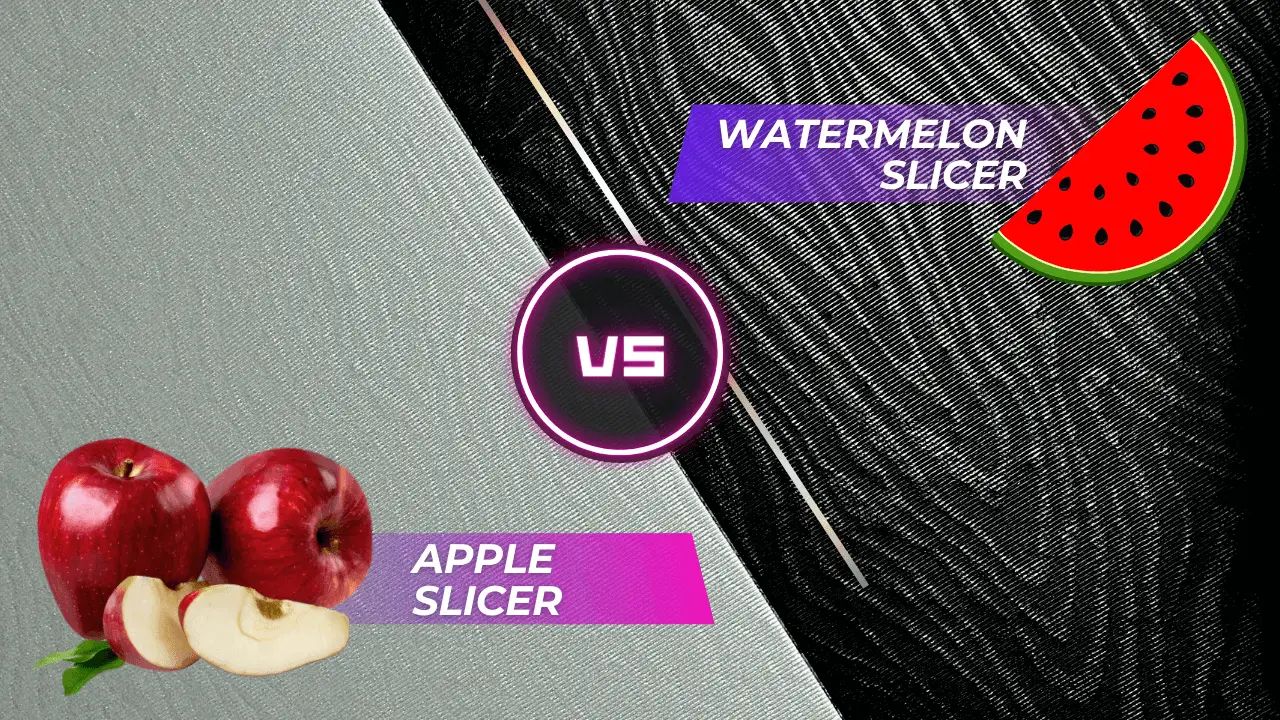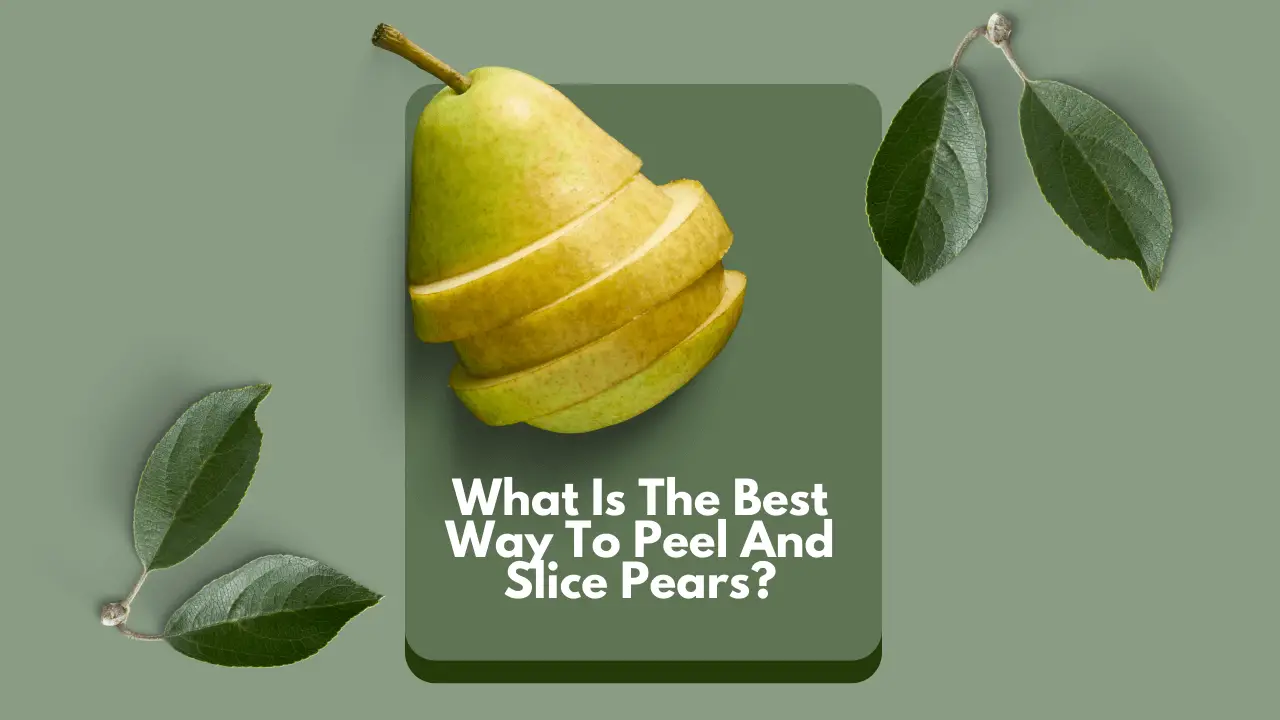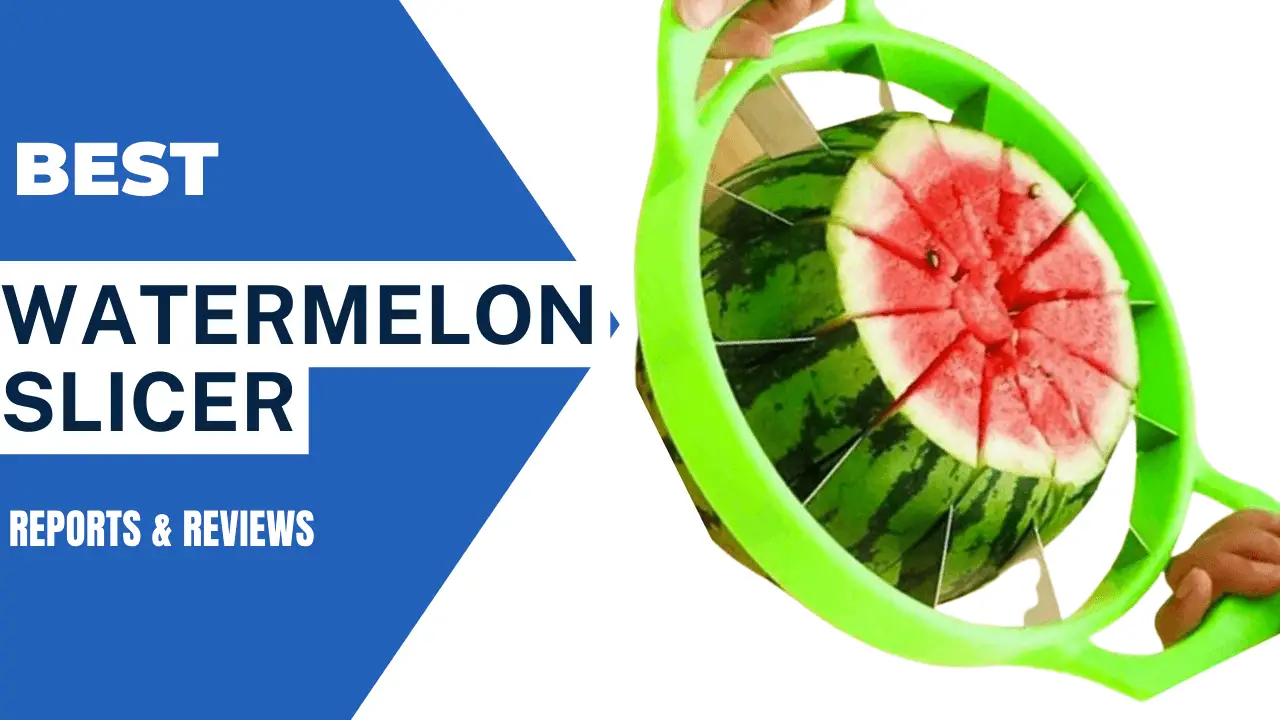Fruit is a staple in many diets, providing essential nutrients and delightful flavors. However, not all fruit cuts are created equal. Cutting and slicing fruits involves numerous techniques that can significantly affect dishes’ presentation, texture, and flavor profile. Basic cuts include the dice, slice, and wedge, each providing a different aesthetic and utility. More intricate cuts like the supreme, where the fruit is segmented between the membranes, or the ball or scoop cut, where the fruit flesh is shaped into spheres, bring a touch of sophistication to any plate. Understanding these different preparation methods allows you to manipulate fruits in a way that can elevate your culinary creations.
Why Fruit Cutting Techniques Matter?
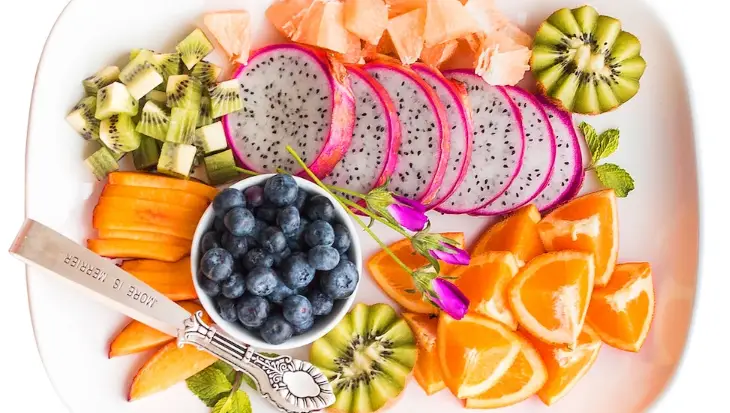
Fruit-cutting techniques can significantly impact the overall experience of consuming fruit. The following aspects are influenced by how you cut your fruit:
Presentation
A visually appealing dish can make a difference when enjoying your food. Well-cut fruits can elevate the look of a fruit salad, a dessert, or even a simple snack. Mastering various cutting techniques can help you create an Instagram-worthy fruit platter.
Texture
The way a fruit is cut can influence its texture in your mouth. For instance, thinly sliced apples have a different mouthfeel than chunky apple pieces. Learning to cut fruits in various ways can help you tailor the texture to your preferences or specific recipes.
Flavor
The size and shape of a fruit piece can affect the release of its flavors. Smaller, uniformly cut pieces may provide a more consistent taste, while larger, irregular cuts can offer a more varied flavor experience.
Common Fruit Cutting Techniques
There are several basic cutting techniques that every fruit lover should know. Here are some of the most common methods:
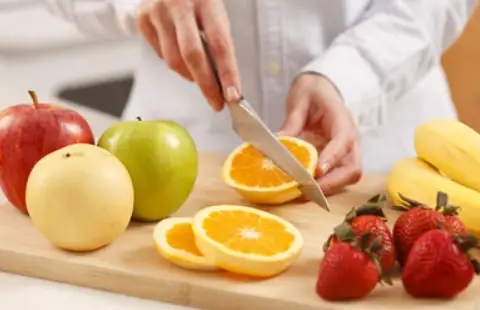
Chopping
Chopping is a simple, rough cut that works well for fruits blended, cooked, or used in recipes where appearance isn’t crucial. To chop fruit, cut it into irregular, bite-sized pieces.
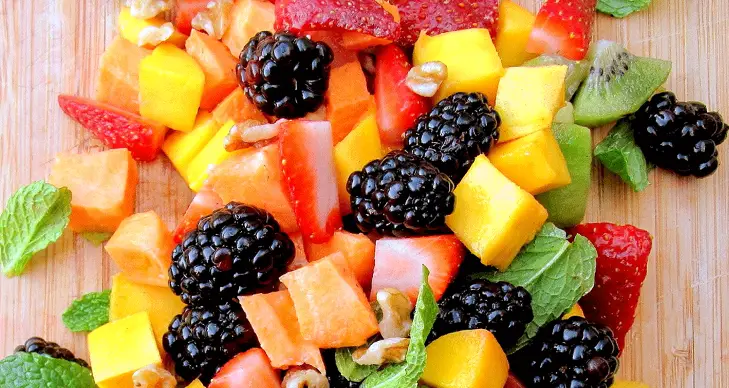
Dicing
Dicing involves cutting fruit into small, uniform cubes. This technique is perfect for fruit salads, salsas, and other dishes where presentation matters. To dice fruit, first cut it into slices, then into strips, and finally into cubes.
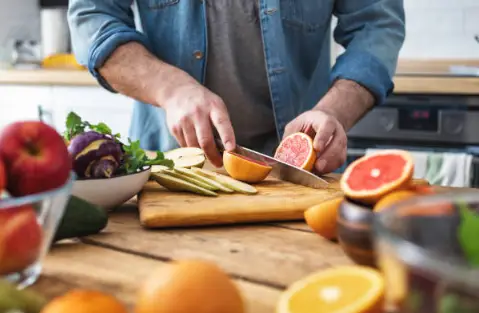
Slicing
Slicing is a versatile technique that can be used for many fruits. It creates thin, uniform pieces that can be fanned out for an attractive presentation. To slice fruit, cut it into even, flat pieces.
Julienne
The julienne technique involves cutting fruit into thin, matchstick-like strips. This cut is ideal for garnishes and dishes that require a delicate appearance. To julienne fruit, cut it into thin slices, then stack the slices and cut them into thin strips.
Batonnet
A batonnet is a thicker version of a julienne cut, producing larger, rectangular sticks. This cut suits crudité platters and dishes requiring a more substantial bite. To create bonnet pieces, first cut the fruit into thick slices, then stack the slices and cut them into sticks.
Advanced Fruit Cutting Techniques
For those looking to elevate their fruit-cutting skills, there are several advanced techniques to master. These methods can add a touch of elegance and sophistication to your dishes:
Brunoise
A brunoise is a very fine, uniform dice, usually used for garnishes or to add a subtle burst of flavor to a dish. To achieve a brunoise cut, first julienne the fruit, then gather the strips and cut them into tiny cubes.
Chiffonade
Chiffonade is used primarily to cut green fruits or herbs into thin, ribbon-like strips. This cut is perfect for garnishing desserts or adding a touch of color to your dishes. To chiffonade fruit, stack the leaves, roll them tightly, and then slice them thinly across the roll.
Supreme
Supreming is a technique used to remove the flesh of citrus fruits from their membranes, resulting in clean, elegant segments. This cut is ideal for salads, desserts, or any dish where presentation is key. To supreme a citrus fruit, slice off the top and bottom, carefully remove the peel and pith, and cut along the membrane on each side of the segments to release the flesh.
Balling
Balling is cutting fruits into small, uniform spheres using a melon baller or a small spoon. This technique is perfect for creating visually appealing fruit salads or garnishes. To create fruit balls, scoop out the flesh with a melon baller, apply gentle pressure, and twist the tool to release the ball.
FAQs
What are some basic fruit-cutting techniques for beginners?
Chopping, dicing, slicing, julienne, and batonnet are some common techniques suitable for beginners.
What’s the difference between Julienne and batonnet?
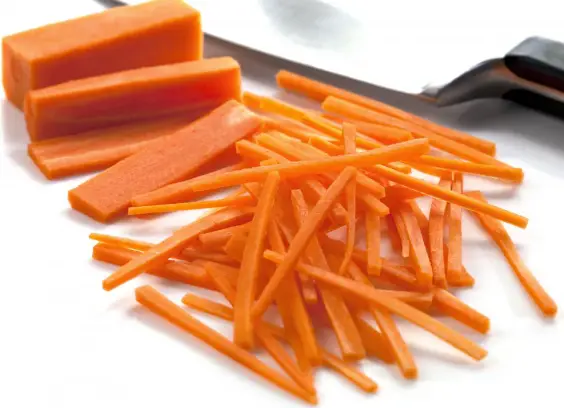
Julienne cuts produce thin, matchstick-like strips, while batonnet cuts produce thicker, rectangular sticks.
How can I make my fruit platter more visually appealing?
Master various cutting techniques, use a variety of colors, and arrange the fruits in an aesthetically pleasing manner.
What is the purpose of supreming a citrus fruit?
Supreming removes the membrane from citrus fruits, resulting in clean, elegant segments perfect for salads, desserts, or dishes where presentation is important.
Can I use a regular knife for advanced fruit-cutting techniques?
While a regular knife can work, a sharp paring knife or a specialized fruit knife can provide more precision and control for advanced techniques.
Conclusion
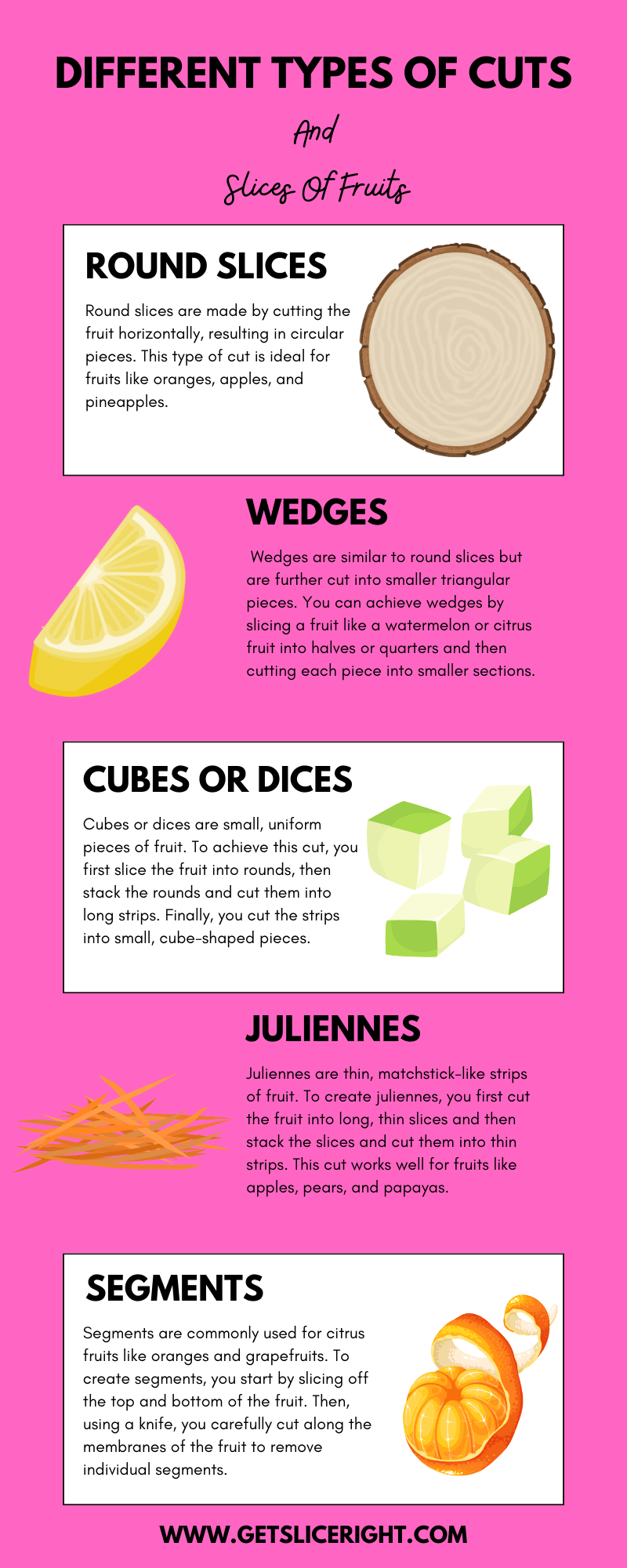
Mastering different types of cuts and slices for fruits can elevate your culinary skills and enhance the overall experience of consuming fruit. By learning these techniques, you can create visually stunning presentations, experiment with textures, and savor various flavors in your dishes. So, grab a knife and some fresh fruits and practice your cutting skills.
Suggested References Links
- Presentation: A guide to creating a beautiful fruit platter with tips on choosing and arranging fruits.
- Flavor: An article discussing the benefits of bite-sized food, including how smaller pieces can enhance flavor.
- Dicing: A tutorial on how to dice fruits and vegetables with clear instructions and illustrations.
- Slicing: An article on how to slice fruits and vegetables properly, with tips for different ingredients.
- Chiffonade: An article on how to chiffonade leafy fruits and herbs, with tips and a video tutorial.
- Balling: A tutorial on how to create fruit balls using a melon baller, with tips and a video demonstration.
Table: Different Types of Cuts and Slices of Fruits
| Technique | Description | Best Used For |
|---|---|---|
| Chopping | Irregular, rough, bite-sized pieces | Blended or cooked fruits, recipes where appearance isn’t crucial |
| Dicing | Small, uniform cubes | Fruit salads, salsas, dishes where presentation matters |
| Slicing | Thin, uniform pieces | Fanned out presentation, versatile for various fruits |
| Julienne | Thin, matchstick-like strips | Garnishes, dishes that require a delicate appearance |
| Batonnet | Thicker, rectangular sticks | Crudité platters, dishes that require a more substantial bite |
| Brunoise | Very fine, uniform cubes | Garnishes, subtle flavor bursts in a dish |
| Chiffonade | Thin, ribbon-like strips | Garnishing desserts, adding a touch of color to dishes |
| Supreme | Clean, elegant citrus segments | Salads, desserts, dishes where presentation is key |
| Balling | Small, uniform spheres | Visually appealing fruit salads, garnishes |

Mario Batali is a renowned author, food enthusiast, and passionate chef who has dedicated his life to exploring the world of culinary arts. With a love for sharing his knowledge and experiences, Mario has become a prominent figure in the food blogging community, inspiring countless readers with his creativity and expertise.
In addition to his culinary prowess, Mario Batali is also a talented writer with a flair for engaging storytelling. He launched his own food blog to share his recipes, cooking tips, and personal experiences in the kitchen. Over time, Mario’s blog gained a loyal following of food enthusiasts who appreciate his unique approach to cooking and his dedication to using only the finest ingredients.
Mario Batali’s passion for food and his commitment to sharing his knowledge with others have made him a true inspiration in the world of culinary arts. Through his blog, cookbooks, and public appearances, Mario continues to spread his love of food and the joy of cooking with his ever-growing fanbase.

